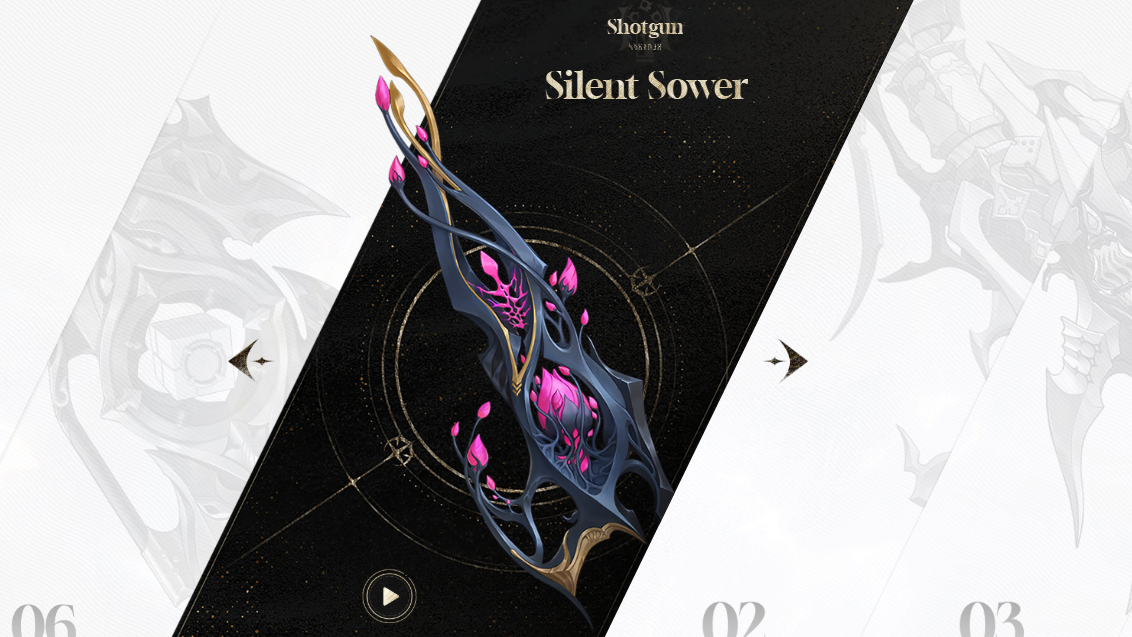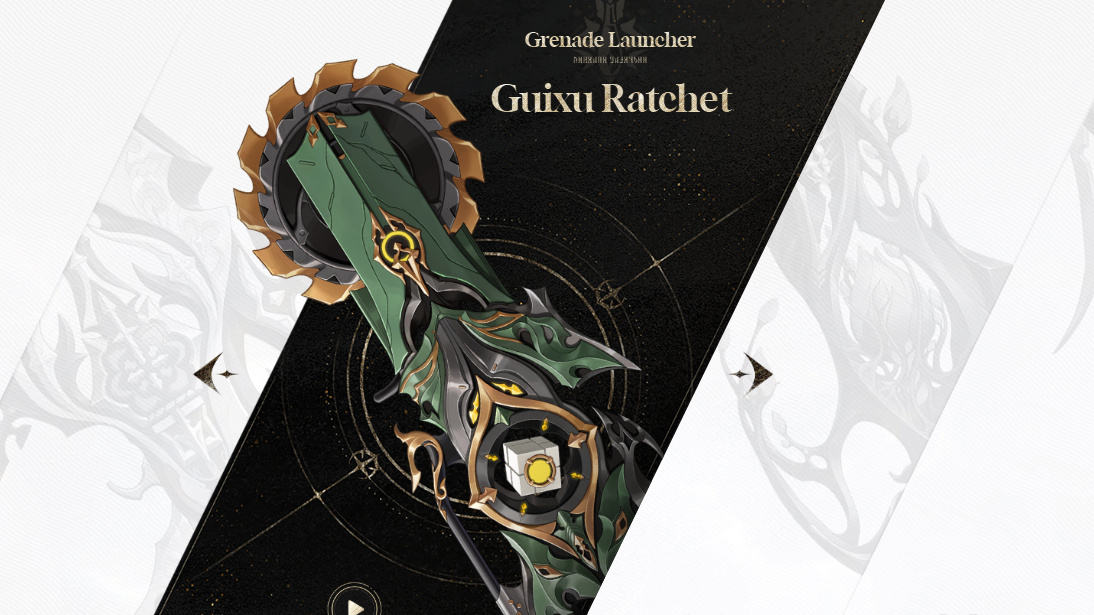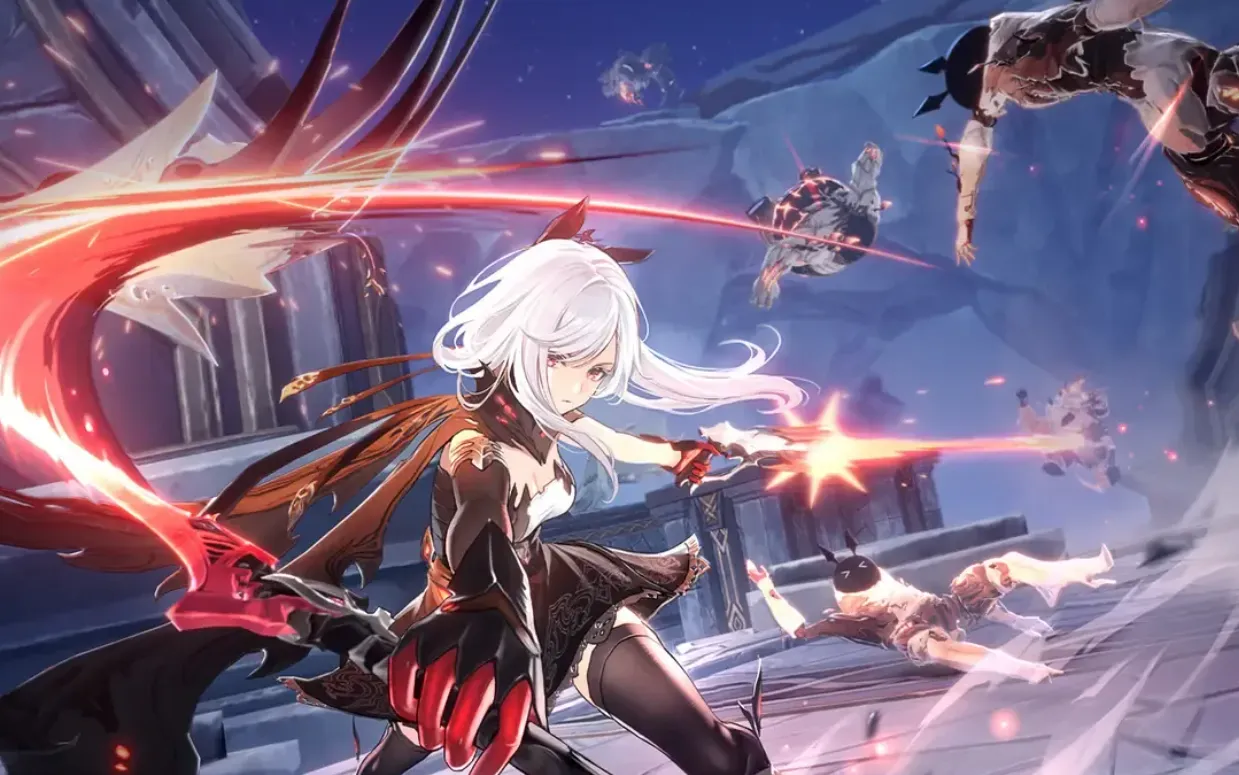Multishot sits at the center of several of the strongest weapon passives in Duet Night Abyss. The best setups don’t just add more hits — they reward clean rotations, tight reload timing, and smart weapon swapping. Below is a concise rundown of the weapons that raise Multishot, how their effects trigger, and when those buffs quietly disappear.
Multishot weapons at a glance
| Weapon | Type | How it grants Multishot | Notable bonuses | Key caveat |
|---|---|---|---|---|
| Sacrosanct Chorus | Dual Pistols | Stacks high Multishot on landing critical hits | Significant CRIT rate buff | All stacks are removed when you switch weapons |
| Daybreak Hymn | Assault Rifle | Increases Multishot by a significant amount | Deals more damage as the magazine empties | In practice, frequent reloads are often better for flow |
| Sacrosanct Decree | Pistol | Increases Multishot by a significant amount | Boosts Melee Weapon DMG when its bonus effect triggers | Excels as a sidearm for melee‑centric characters |
| Guixu Ratchet | Grenade Launcher | Gains Multishot after switching to this weapon | Projectiles split on impact; strong CRIT Damage buffs | Explosion hits launch mobs; less ideal for bosses |
How each Multishot passive actually plays
Sacrosanct Chorus (Dual Pistols) delivers a straightforward loop: crit, stack Multishot, and ride the ramp. It also pushes CRIT rate up, making those stacks easy to build. The tradeoff is strict — the effect vanishes the moment you switch weapons. If you’re leaning on this pistol’s ramping output, plan to stay on it through a full damage window rather than bouncing mid‑combo.
Daybreak Hymn (Assault Rifle) grants a flat Multishot increase and ties damage to how empty your magazine is. It hits harder as your remaining ammo drops, but in real fights it’s often more consistent to reload frequently. The net result is a simple, reliable ranged primary that produces steady damage without complicated setup — just be deliberate about reload timing so you’re not stuck outside the weapon’s sweet spot when you need burst.
Sacrosanct Decree (Pistol) pairs a significant Multishot boost with a melee damage bump when its bonus effect triggers. That makes it a strong sidearm for melee‑forward kits (for example, Outsider), letting you prime a melee window off quick pistol procs. If your team’s main damage is up close, this pistol’s contribution is less about staying on it and more about enabling the swap into a melee finisher.
Guixu Ratchet (Grenade Launcher) is easy to pick up thanks to projectiles that split and keep traveling after the initial explosion, and it offers meaningful CRIT Damage buffs. Crucially, it gains Multishot when you switch to it, which gives you an on‑demand volley. Just keep its damage profile in mind: explosions tend to launch enemies and are better for crowd control than raw single‑target damage, making it a sub‑optimal choice for many boss fights.

Stacking, swapping, and why timing matters
- Stacking windows: Some Multishot effects build over time (Sacrosanct Chorus on crit). These are powerful but fragile — swapping away clears the benefit. Treat them like a stance you commit to for a full damage phase.
- On‑switch bursts: Others fire when you swap in (Guixu Ratchet). These reward intentional, short swaps for a specific volley before returning to your main weapon.
- Always‑on boosts: Weapons that “increase Multishot by a significant amount” (Daybreak Hymn, Sacrosanct Decree) play cleanly with fewer conditions. They tend to be easier staples in flexible team rotations.
In general, pairing Multishot with high CRIT chance and CRIT damage will outperform chasing generic bonus damage. The more instances you create, the more value you squeeze from each critical hit and on‑hit effect.
Magazine management for Multishot builds
Daybreak Hymn’s damage rises as the mag empties, but extended dry‑firing can desync your timing with enemy movement and skill cooldowns. Frequent, intentional reloads keep damage smooth and prevent awkward downtime when you need to reposition or swap. For Chorus, prioritize hit consistency to maintain crits and keep stacks climbing — a dropped string of shots is effectively a reset.
Early‑game baseline: starting guns and Multishot
The opening choice sets expectations for how Multishot grows later. Both starters begin at a baseline Multishot of 1, but they teach different pacing:
- Osteobreaker (Assault Rifle): fully automatic; deals more damage the fuller the magazine is. Starting stats include Spike ATK 17, 23% CRIT Chance, 225% CRIT Damage, 50‑round mag, and 200 max ammo.
- Screamshot (Shotgun): fires multiple projectiles per shot and hits harder at close range. Starting stats include Spike ATK 18, 20% CRIT Chance, 180% CRIT Damage, 6‑round mag, and 60 max ammo.
Neither starter raises Multishot by itself, but the rifle’s rhythm aligns with later AR options like Daybreak Hymn, while the shotgun’s emphasis on positioning and burst can pair well with swap‑in tools like Guixu Ratchet.

When Multishot isn’t the answer
Explosive projectiles that juggle enemies can work against you in single‑target encounters. If your fight is boss‑heavy, favor sustained Multishot that doesn’t launch targets (pistols or rifles) or use grenade launchers strictly as add‑clear tools between boss damage windows.
Bottom line: pick a Multishot trigger pattern that fits your rotation. If you want to lock in and ramp, Sacrosanct Chorus rewards commitment. For set‑and‑forget consistency, Daybreak Hymn and Sacrosanct Decree keep the bonus online with minimal babysitting. If your plan revolves around quick, purpose‑built bursts, Guixu Ratchet’s switch‑in volley does the job — just don’t bring it to a boss brawl expecting top‑end single‑target damage.


